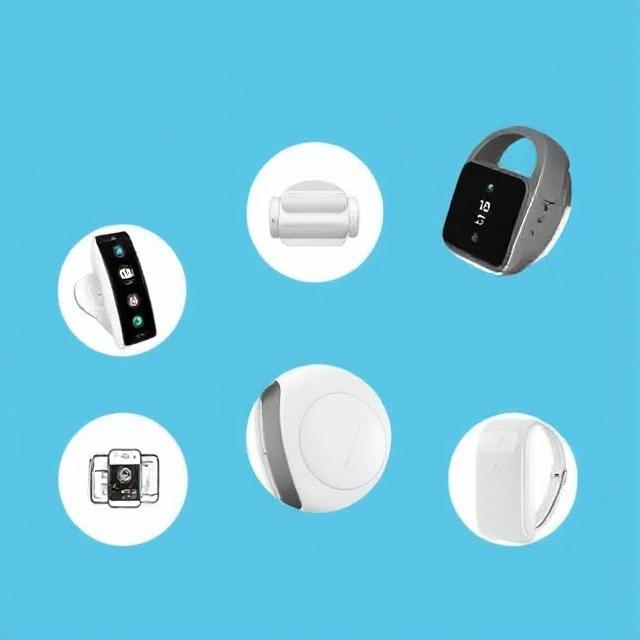Falls are a leading cause of injury, especially among older adults, and can result in serious consequences ranging from fractures to long-term loss of independence. Fortunately, advances in technology have given rise to smart gadgets specifically designed to prevent falls, detect accidents instantly, and provide peace of mind for users and their families alike. These devices blend safety, convenience, and innovation, offering features such as real-time alerts, activity monitoring, and emergency response capabilities. Whether you’re caring for an elderly family member or seeking ways to enhance your own daily safety, these six top tech gadgets can help reduce fall risk and provide reassurance around the clock.
1. Wearable Fall Detection Devices
Wearable fall detectors are among the most effective tools for immediate fall response. These compact devices are worn as pendants, wristbands, or clip-ons and use accelerometers and gyroscopes to sense sudden movements or impacts that indicate a fall. Once a fall is detected, they automatically send alerts to pre-set contacts or emergency services, ensuring help arrives quickly even if the user is unable to call for assistance. Many models also include GPS tracking, so caregivers can locate their loved ones in case of an emergency. Beyond fall detection, these wearables often track daily activity levels, encouraging users to stay active while providing data that helps monitor health trends over time. Their discreet, comfortable designs make them suitable for continuous use without interfering with everyday routines.
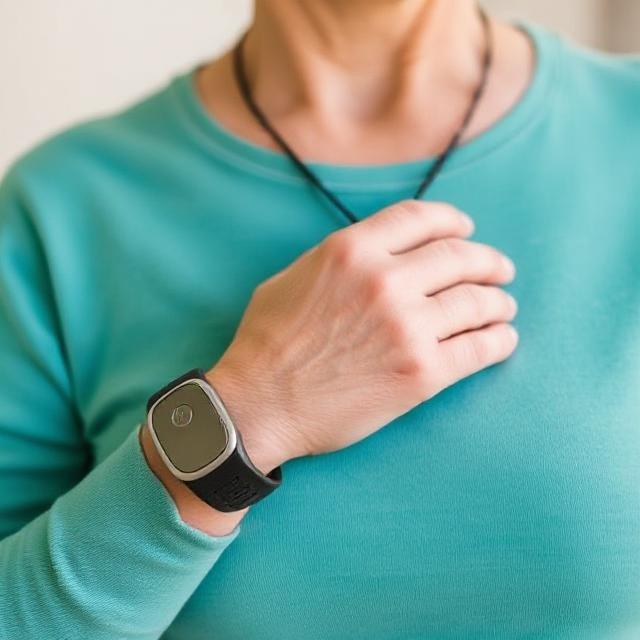
2. Smart Home Fall Prevention Systems
Smart home technology has expanded into the realm of fall prevention with systems that integrate sensors, cameras, and AI-driven analytics to monitor movements throughout the home. These systems can detect unusual activity patterns, such as sudden inactivity or a prolonged time spent on the floor, triggering alerts to caregivers or emergency contacts. Some setups include voice-activated assistants that can call for help or provide reminders for medication and hydration, which are crucial in preventing falls caused by dizziness or weakness. The ability to customize alerts and monitoring parameters allows families to tailor the system to individual needs, providing a comprehensive safety net without compromising privacy. Additionally, smart lighting systems that automatically illuminate pathways at night can reduce the risk of trips and falls during nighttime movements.

3. Balance and Mobility Training Devices
Improving balance and mobility is key to preventing falls, and technology now offers innovative tools to support these goals. Devices like interactive balance trainers or wearable posture monitors provide real-time feedback to users during exercises designed to strengthen muscles, improve coordination, and increase stability. Many of these tools connect to mobile apps that track progress, set personalized goals, and offer instructional videos, making home-based physical therapy more engaging and effective. For older adults or those recovering from injury, consistent use of balance training gadgets can significantly reduce fall risk by enhancing proprioception and muscular control. These devices often come with reminders and motivational features to encourage daily use, helping users stay committed to their fall prevention regimen.

4. GPS-Enabled Emergency Response Watches
Emergency response watches combine the convenience of wearable technology with powerful safety features, making them an excellent choice for those at risk of falls or other medical emergencies. These smartwatches typically include an SOS button that instantly connects wearers with emergency responders or designated contacts. GPS tracking is built-in, allowing responders to pinpoint the user’s location quickly. Some models also feature heart rate monitoring, fall detection, and activity tracking, providing a multi-layered approach to health and safety. The watches are designed to be user-friendly, with large buttons and clear displays, and many offer long battery life to ensure readiness at all times. For active seniors or those living independently, these devices provide critical peace of mind by ensuring help is just a button press away.
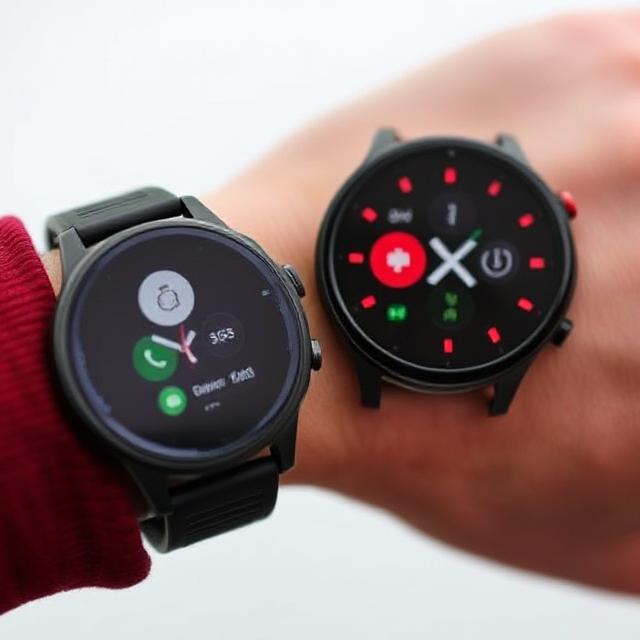
5. Floor Pressure Sensors
Floor pressure sensors are discreet devices placed under rugs or mats that detect unusual pressure patterns indicative of a fall. When the system senses a sudden, heavy pressure followed by immobility, it can send an alert to caregivers or monitoring services. These sensors are particularly useful for individuals who may not want to wear a device or for those with cognitive impairments who might forget to carry emergency gadgets. Integrated with smart home systems, pressure sensors add another layer of protection by monitoring high-risk areas such as bathrooms or bedrooms. Because they operate passively and without requiring user interaction, these sensors provide continuous monitoring that can be lifesaving in emergencies.
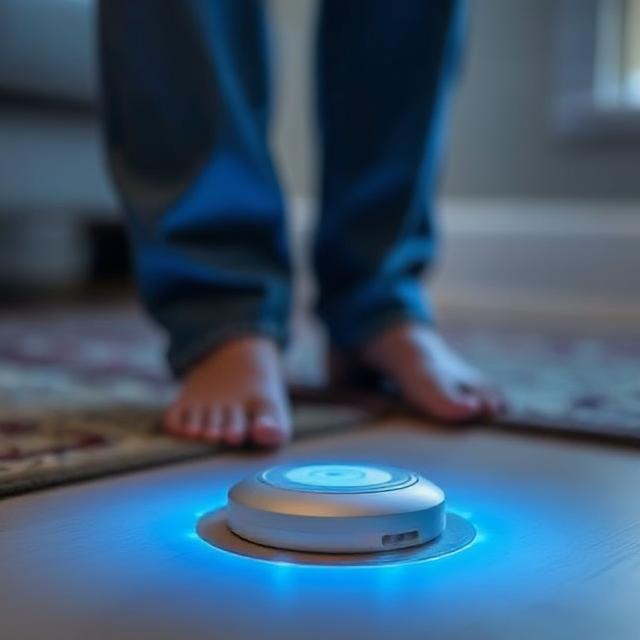
6. Smart Lighting and Environmental Sensors
Proper lighting and environmental awareness play crucial roles in fall prevention, and smart lighting systems have evolved to address these needs with innovative features. Motion-activated lights automatically illuminate hallways, stairs, and other potentially hazardous areas during nighttime hours, significantly reducing the risk of trips and falls caused by poor visibility. Environmental sensors monitor factors such as humidity and temperature, which can affect footing and stability. Some systems can even detect water spills or ice build-up, sending warnings to residents to prevent accidents. By creating a safer physical environment, smart lighting and sensors complement wearable and monitoring devices to form a holistic fall prevention strategy. These systems are easily integrated into existing smart home networks, making them accessible and customizable for every household.
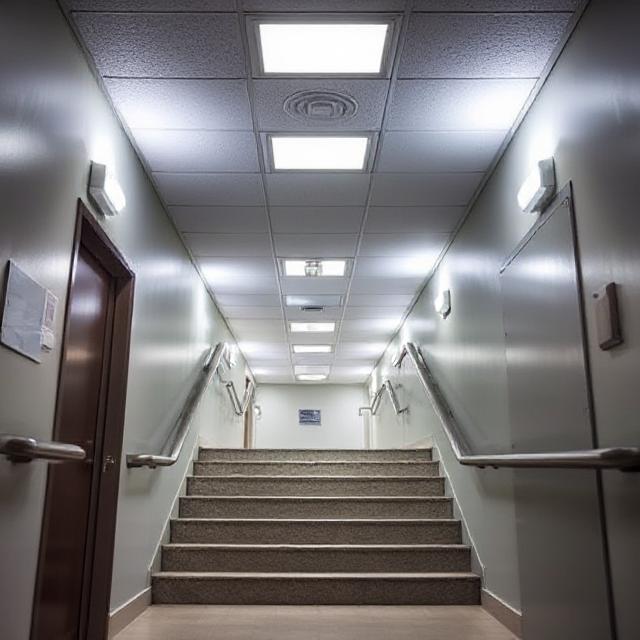
Fall prevention technology has made remarkable strides, providing practical and accessible tools that empower individuals to maintain independence while ensuring rapid assistance when needed. From wearable fall detectors to smart home sensors and interactive balance trainers, these gadgets combine innovation with user-friendly design to address a critical safety concern. By incorporating one or more of these six top tech gadgets into your or a loved one’s daily routine, you can significantly reduce the risk of falls and enjoy greater peace of mind. The future of fall prevention lies in seamlessly blending technology with everyday life—making safety proactive, personalized, and reliable. Embracing these advancements not only protects physical health but also nurtures confidence and freedom, allowing everyone to live life fully and securely.
